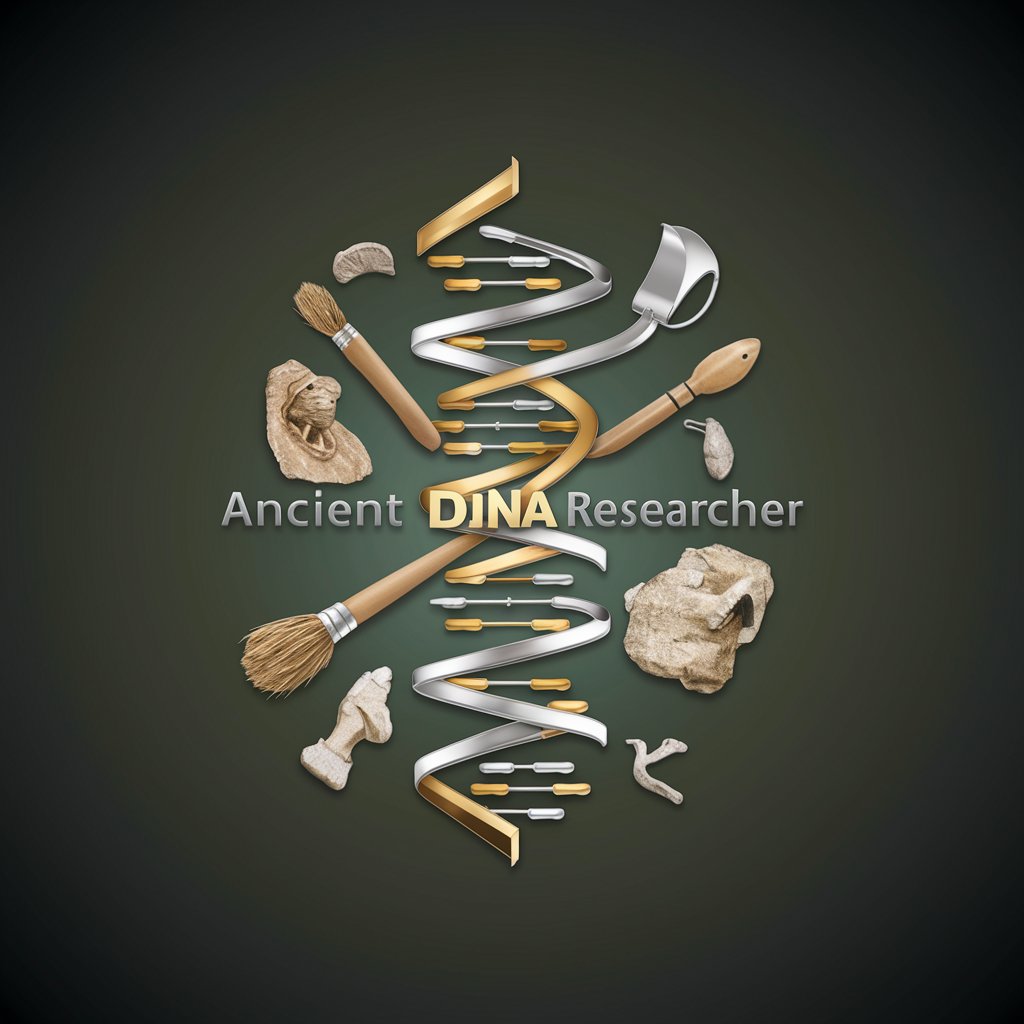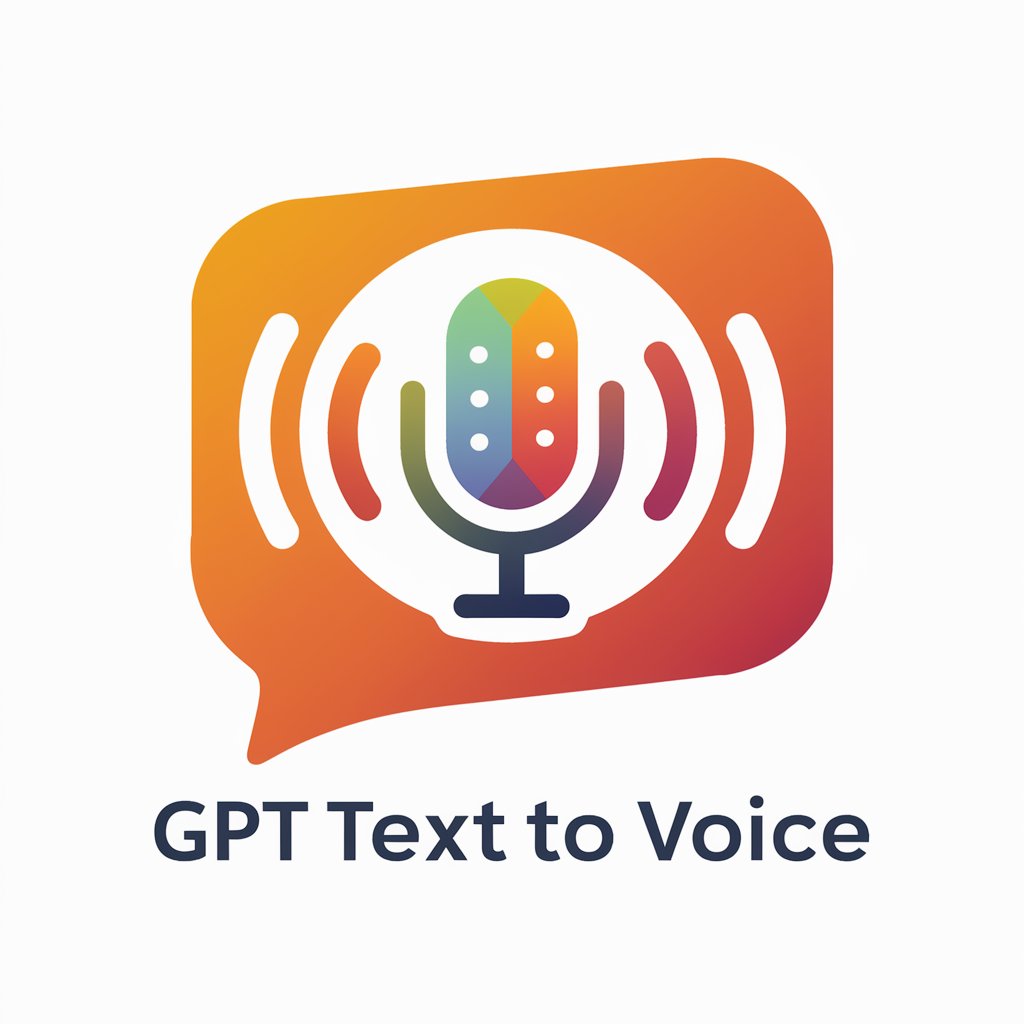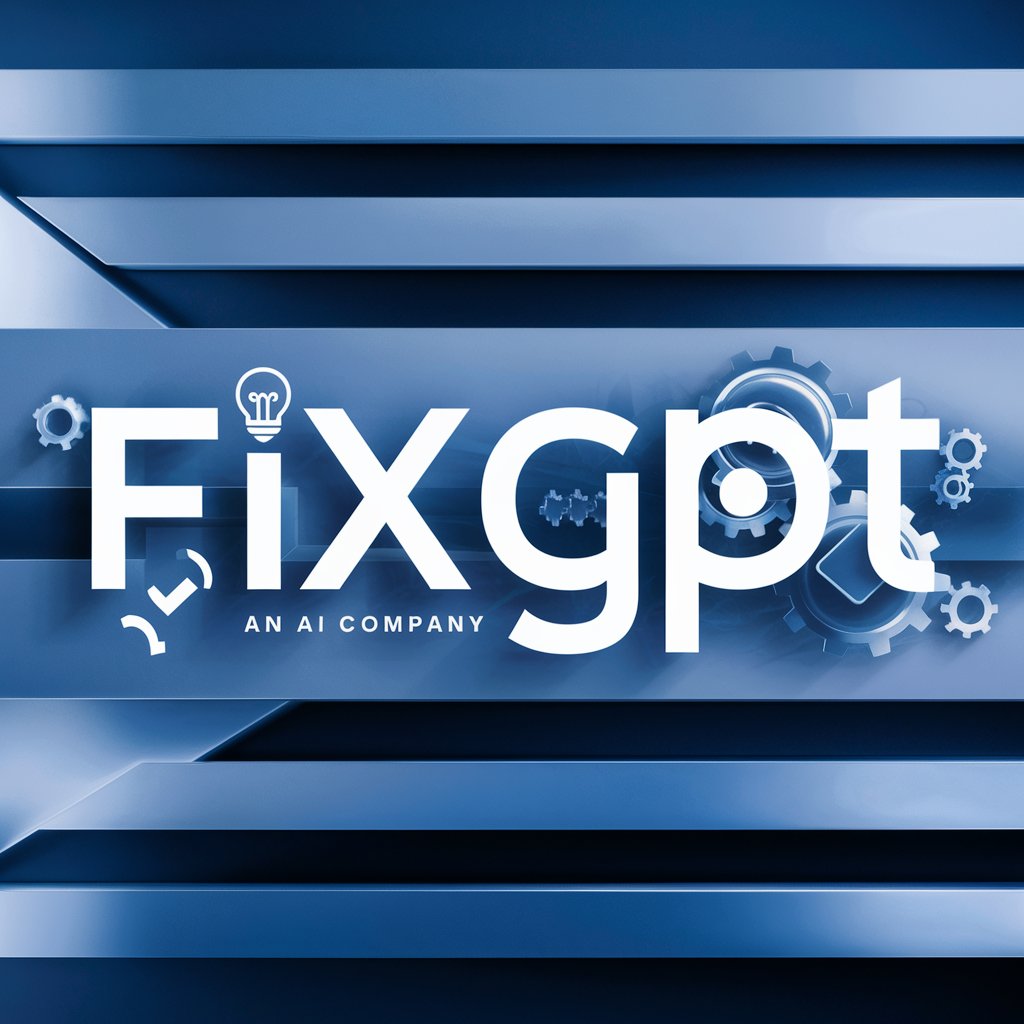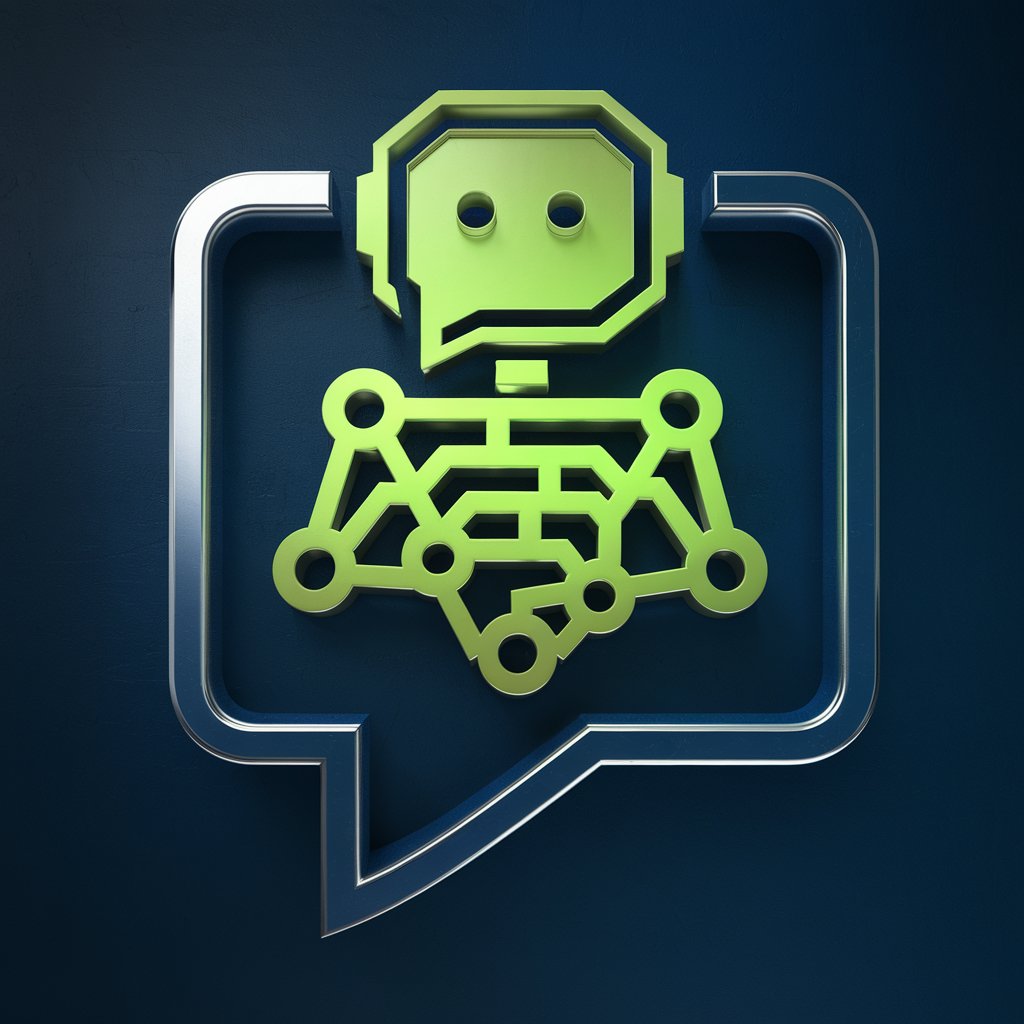
Gradio GPT-AI-powered Gradio app builder
Smart AI-driven Gradio app creation

Expert in Gradio app development, providing efficient and optimized code.
Can you help me build a Gradio app for image classification?
How do I create a Gradio interface for text input?
I need assistance with a Gradio app that processes audio files.
What's the best way to implement a multi-page Gradio app?
Get Embed Code
Introduction to Gradio GPT
Gradio GPT is a customizedGradio GPT Overview version of ChatGPT designed specifically to assist developers, data scientists, and machine learning practitioners in building and optimizing Gradio applications. It leverages the power of OpenAI's language models with deep integration into the Gradio library, providing expert-level support, best practice advice, and real-world coding solutions for interactive UI components. The core purpose of Gradio GPT is to simplify the process of creating web-based demos, applications, and testing environments for ML models or other computational tools, making them accessible via shareable links or embeddable interfaces. For example, a data scientist training an image classifier can use Gradio GPT to rapidly generate an interface that allows users to upload images and view model predictions. Gradio GPT not only generates the code but also explains key choices (e.g., input types, output formatting, layout) and ensures best practices are followed. It’s designed to reduce boilerplate and promote maintainable, readable code in both prototyping and deployment workflows.
Core Functions and Real-World Applications
Example
Automatically generates Gradio interfaces with components like `gr.Textbox`, `gr.Image`, `gr.Dropdown`, etc.
Scenario
A developer building a language model wants users to input a prompt and receive a completion. Gradio GPT provides a `gr.Textbox` for input, a `gr.Textbox` for output, and the layout and logic to bind them using a Python function.
Model Integration and Inference Wrapping
Example
Wraps ML models (e.g., scikit-learn, PyTorch, TensorFlow, HuggingFace) into Gradio interfaces with optimized input/output types.
Scenario
A machine learning engineer has fine-tuned a BERT sentiment classifier. Gradio GPT assists in writing a function that receives raw text input and outputs a labeled sentiment, then integrates this function into a Gradio `Interface` or `Blocks` layout.
App Optimization and Best Practices
Example
Suggests layout improvements, performance tips (e.g., queueing for long-running functions), and code refactoring.
Scenario
A data scientist created a Gradio app that works but is slow and poorly structured. Gradio GPT identifies inefficiencies such as lack of async handling or redundant components and provides an optimized, cleaner version of the same app.
Target Users and Beneficiaries of Gradio GPT
Machine Learning Developers and Data Scientists
These users often need to demonstrate or test models interactively. Gradio GPT is ideal for helping them turn model functions into interactive UIs quickly and efficiently, ensuring they use best practices in deployment and prototyping workflows.
Educators and Technical Content Creators
Teachers, technical bloggers, and workshop hosts who want to create live, interactive examples to teach ML concepts or model behavior can use Gradio GPT to streamline demo development. Gradio GPT can help them explain code, generate examples, and tailor interfaces to their lesson plans or tutorial content.
How to Use Gradio GPT EffectGradio GPT Usage Guideively
Step 1
Visit aichatonline.org for a free trial without login—no ChatGPT Plus required to get started.
Step 2
Familiarize yourself with Gradio’s interface—Gradio GPT offers an interactive playground where you can drag and drop components, enter inputs, and view responses in real-time.
Step 3
Select or define a specific task—whether it’s image classification, text generation, or chatbot creation. You can start from scratch or load an existing template for faster deployment.
Step 4
Customize your app using Python code—modify input/output components, integrate AI models (like Hugging Face Transformers), and preview the interface live.
Step 5
Deploy and share your app—use `gr.Interface.launch()` for local testing, or deploy publicly via Hugging Face Spaces or other platforms with just a few lines of code.
Try other advanced and practical GPTs
.NET MAUI Expert
AI-powered development for modern .NET MAUI apps

Book Writer GPT for Long Chapter Books (V7)
AI-powered tool for crafting epic novels.

Framework Finder
AI-powered framework assistant for deep analysis

Ancient DNA Researcher
AI-powered analysis of ancient DNA samples

Statistics Stats
AI-powered statistics assistant for all levels

Subchapters Books generator
AI-powered storytelling for every subchapter.

sinestesIA RR.SS.
AI-powered posts tailored for your brand.

Tigão
AI-driven reporting tool for fast, neutral journalism

Multiverse Christian
AI-powered theology rooted in quantum faith

Personal Stylist
AI-powered fashion insights for every occasion

GraphQL
AI-powered GraphQL APIs. Simplified.

Educational Worksheet Wizard
AI-powered tool for custom worksheets

- Data Science
- Image Analysis
- Education Tools
- Prototype Apps
- Natural Language
Common Questions About Gradio GPT
What is Gradio GPT used for?
GradioGradio GPT Usage Guide GPT is a tailored AI assistant designed to help developers create, test, and deploy Gradio apps efficiently. It specializes in generating high-quality Python code for building web-based machine learning interfaces.
Can I use Gradio GPT for non-AI applications?
Yes, Gradio GPT can help you build interactive web interfaces for any Python-based functionality—not just AI. It supports functions involving data visualization, form input processing, or simple UI frontends for Python scripts.
What makes Gradio GPT different from other coding assistants?
Unlike general coding AIs, Gradio GPT is focused specifically on Gradio. It follows best practices for app layout, UI components, and performance optimization in Gradio projects. It also explains each component in-depth, making it ideal for learning and production.
Do I need to install anything to use Gradio GPT?
For using it at aichatonline.org—no installation is required. But to run your Gradio code locally, you need to install the Gradio library (`pip install gradio`) and optionally other model dependencies.
Can Gradio GPT help optimize existing Gradio code?
Absolutely. You can paste your code and Gradio GPT will suggest improvements, such as refactoring UI logic, simplifying inputs, enhancing layout aesthetics, or making the app more scalable for deployment.






